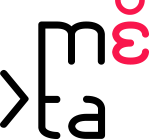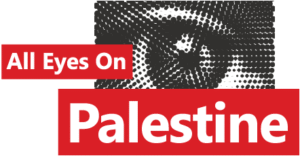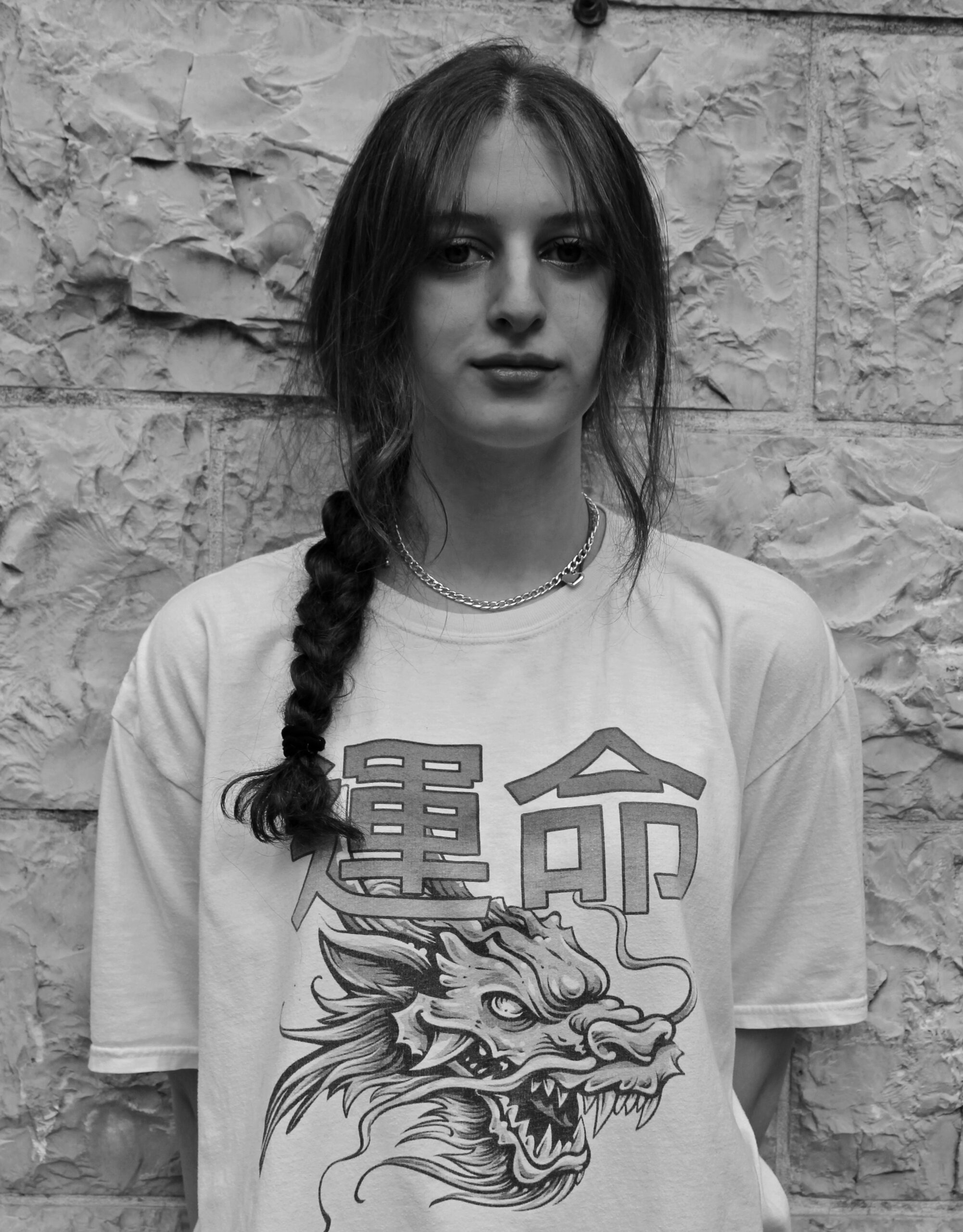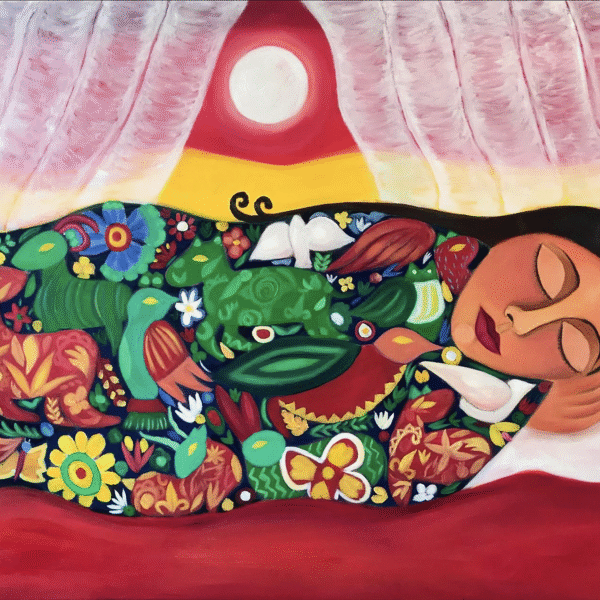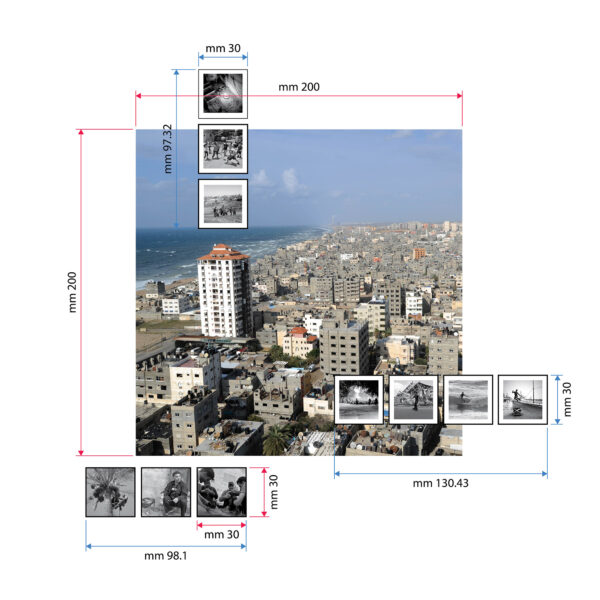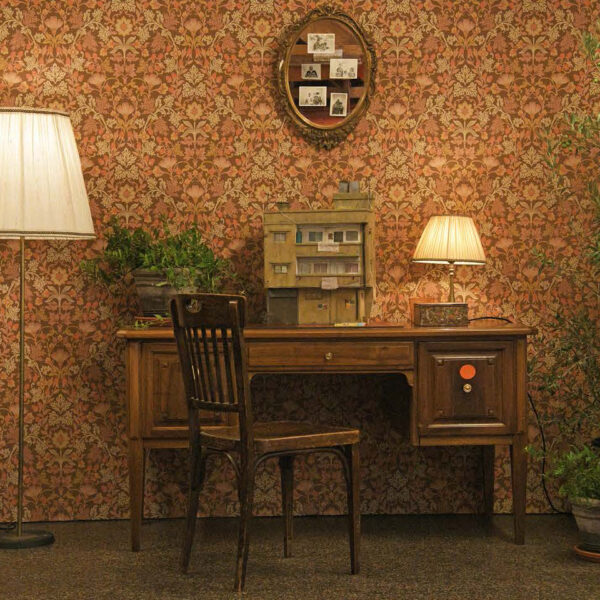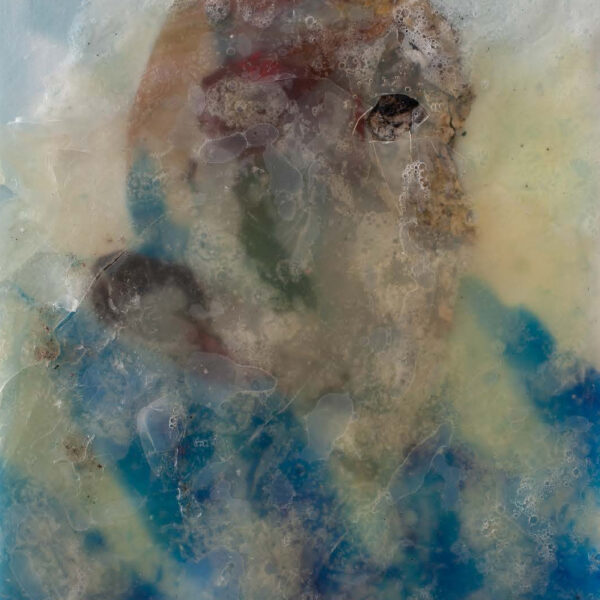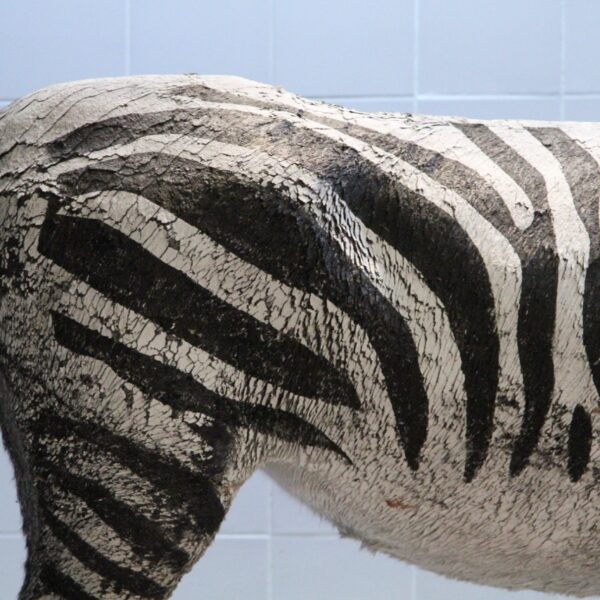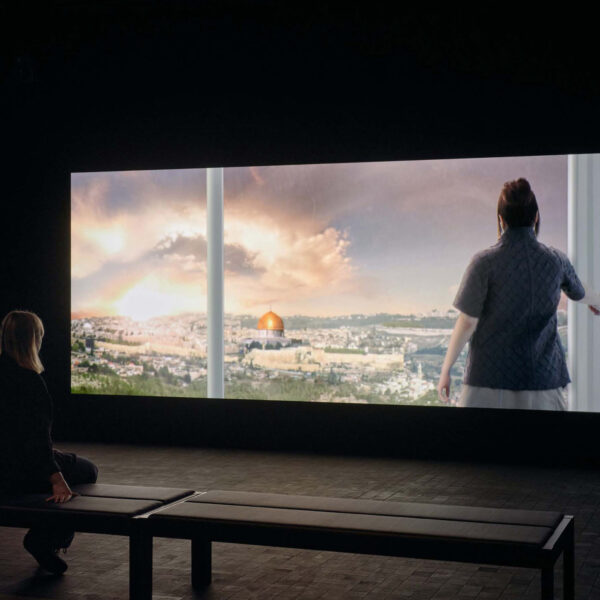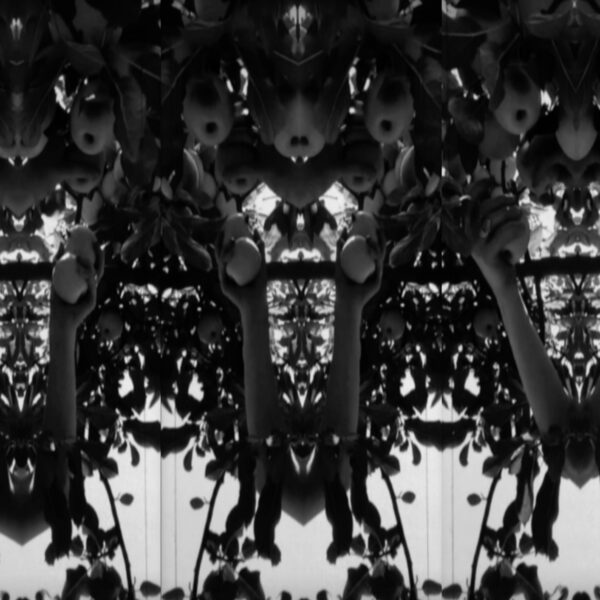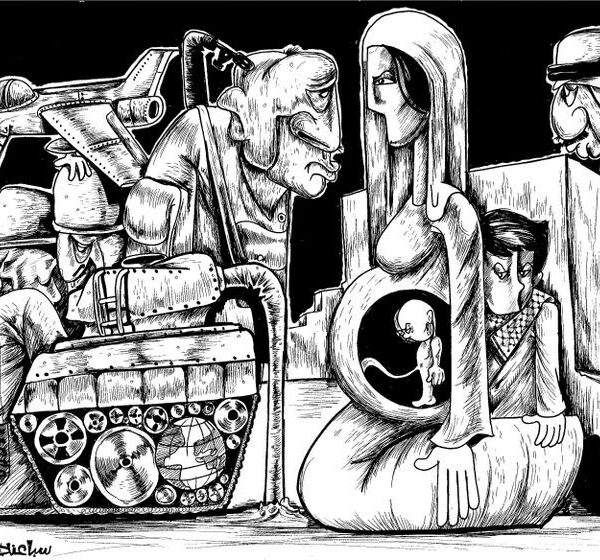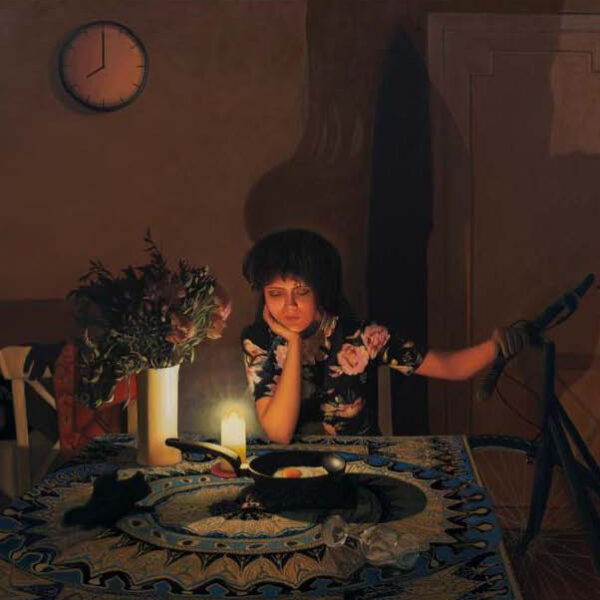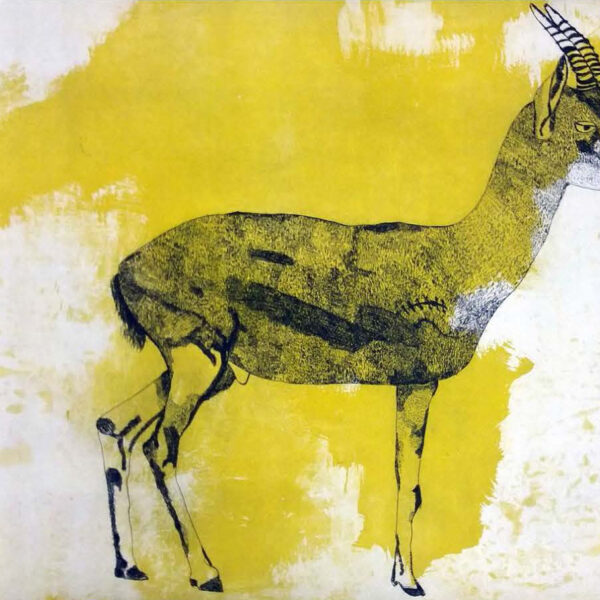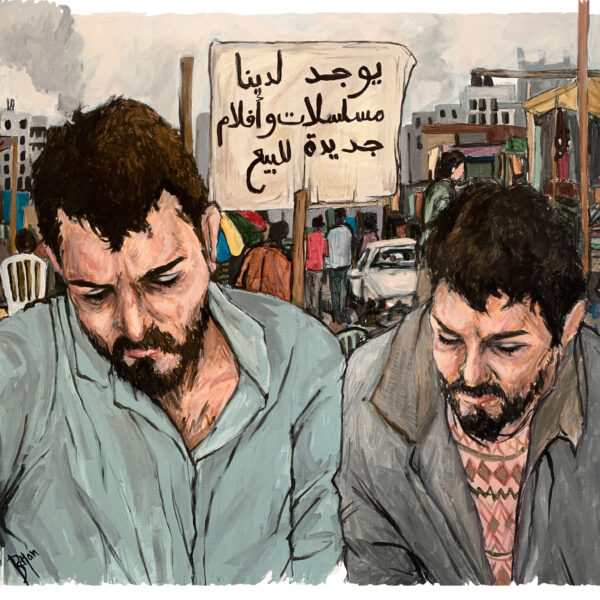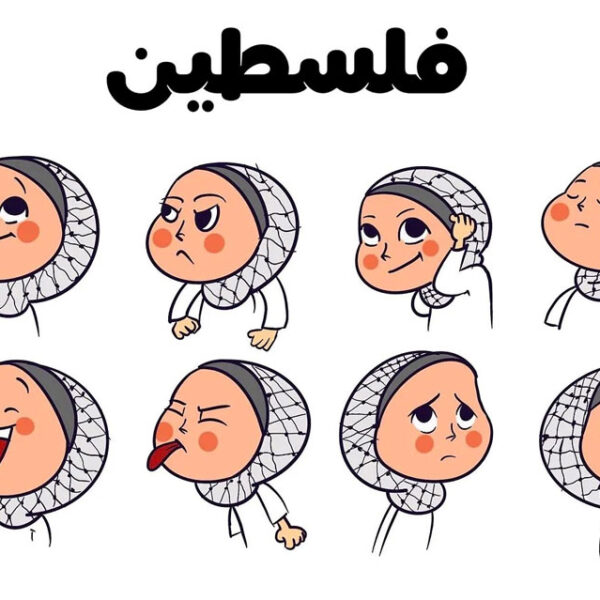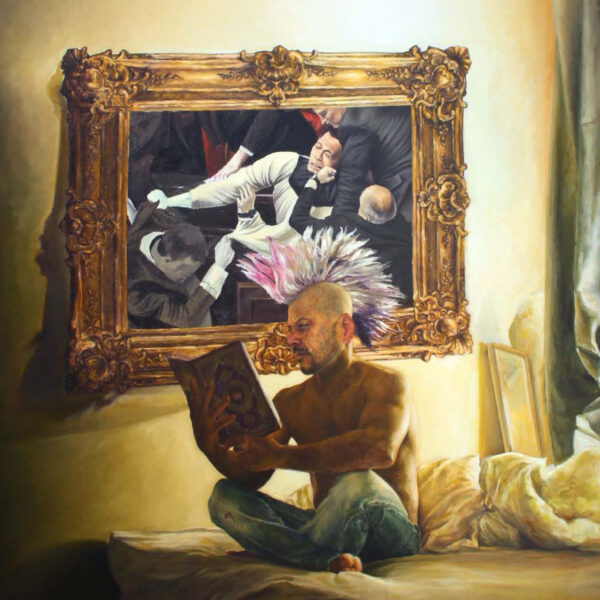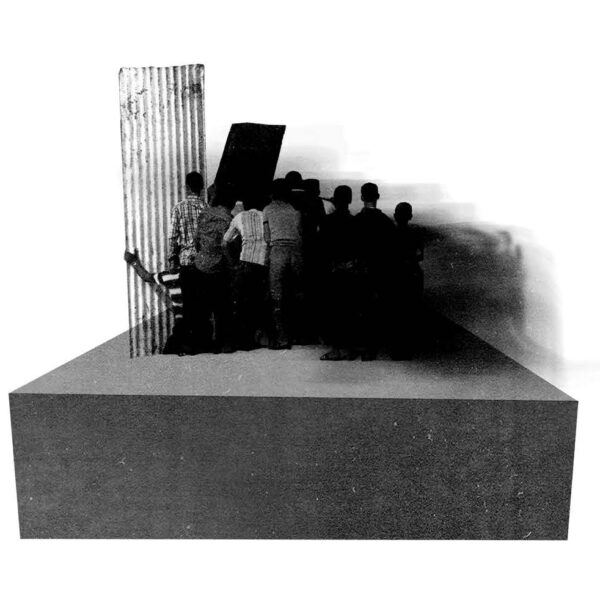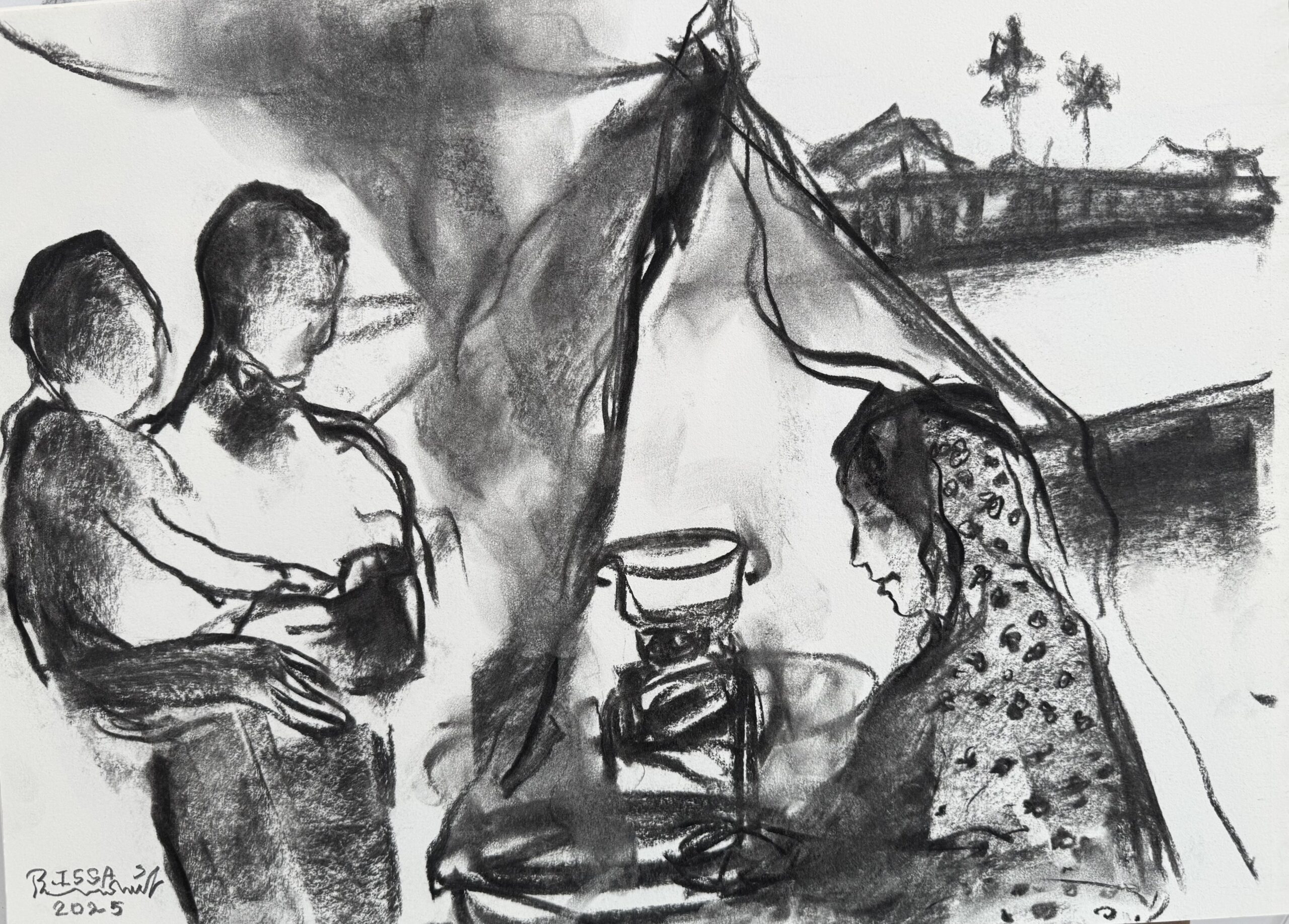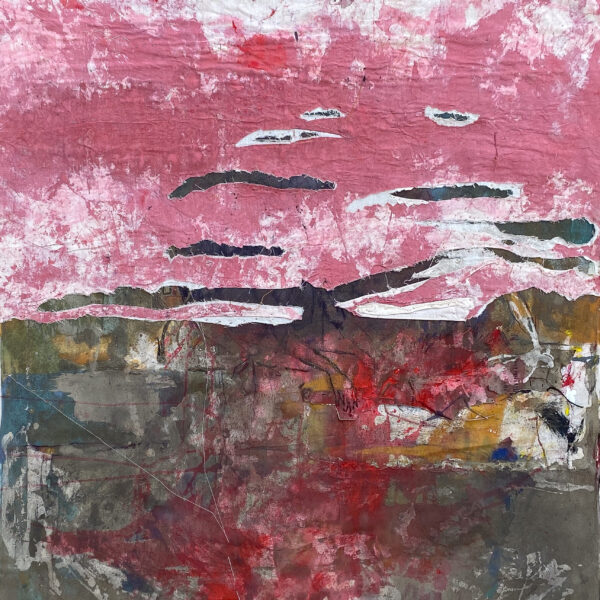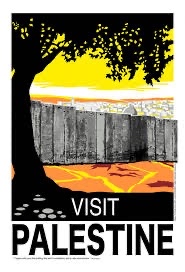Doris Hakim
Living the Border
Doris Hakim was born in Nazareth to a Palestinian father and a Greek mother. She studied at a Jewish school, a painful experience that played a fundamental role in her artistic journey, prompting her to explore the effects and concepts of society, religion, politics, and identity. She focused her research on themes such as democracy, equality, and borders—topics that, together with her personal history, now form the core of her artistic practice.
Doris Hakim was born in Nazareth to a Palestinian father and a Greek mother. Growing up in a mixed family in a city charged with religious and cultural tensions, she was led from a young age to confront the concept of borders—not only geographical but also linguistic, political, and spiritual. Her experience in a Jewish school represented a symbolic and concrete rupture, triggering a profound reflection on the sense of belonging and identity—themes that would become central to her artistic research.
In Hakim’s work, borders are not rigid separations but unstable and permeable thresholds. They serve as an investigation into the invisible lines that divide languages, stories, and cultures, but also as fertile spaces of overlapping and possibility. Here, identity does not emerge as a “given,” but as an ever-renewed territory where meanings can be regenerated and dominant narratives challenged.
This ambivalence of borders is powerfully represented in “You Don’t Look Arab” (2022), a photographic project that features portraits of Palestinian women in Israel, often accused of “not looking Arab”—a common expression in racist contexts that prejudges identity based on visual stereotypes. Through these images, Hakim reveals the silent violence of prejudice, showing how others’ gazes can become borders of exclusion. But her gesture goes beyond mere denunciation: it flips the perspective, inviting viewers to reflect on what it truly means to “appear” Arab and to recognize the plurality of existence behind every face.
By acknowledging borders as negotiable spaces, Doris constructs an art that aims not at erasure but at reclamation. In an interview, she explained that “art is my way of negotiating identity and contesting power,” especially through the deconstruction of fixed and prejudiced representations.
After studying in Greece and Spain—where she trained in theology, fine arts, and academic research—Hakim developed an artistic language that also expresses itself through performances, videos, installations, and documentaries. Each work is conceived as a political gesture that questions dominant narratives and makes room for multiple, complex identities.
In a world that tends to build walls and simplify differences, Doris Hakim chooses the threshold as a space of relationship and resistance. Her art invites us to stay in the most fragile territories, where we can listen to stories, contaminate borders, and build new forms of encounter and care.
Elettra Stamboulis
See more https://dorishakim.com/
Works
Artists
